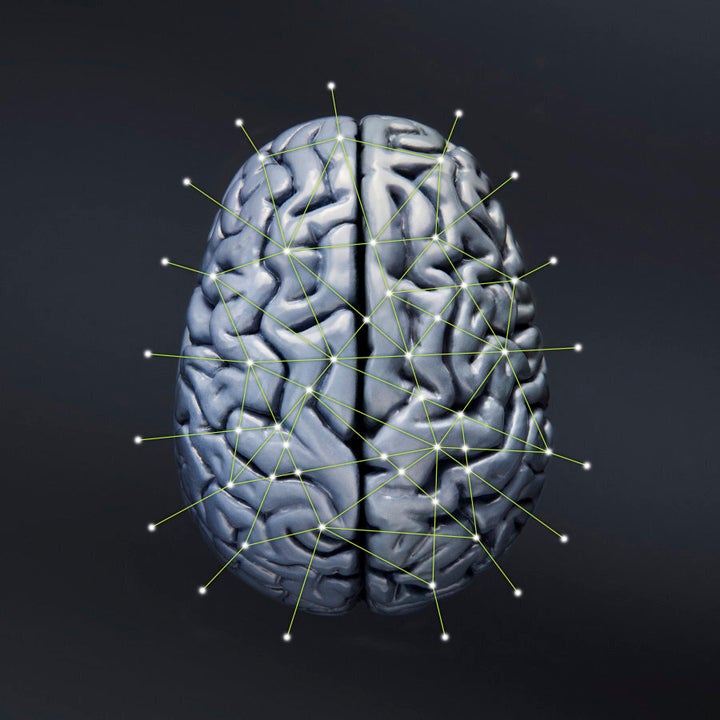
Whether you're a massive klutz, or you manage pain chronically every day, it's something we all feel -- some more so than others.
Pain is both a sensory and an emotional experience that is felt differently by everybody. What's more, there is a difference between how you are confronted with pain and how you go on to tolerate it.
While the terms "pain threshold" and "pain tolerance" are commonly used and interchanged, these two terms are very different.
"The pain threshold defines the level at which we feel a stimulus as being painful," Dr Gila Moalem-Taylor, senior lecturer at the University of New South Wales, told The Huffington Post Australia.
Pain threshold and tolerance won't always be the same.
"Pain tolerance has a very different meaning -- it defines how much a person can take the pain without breaking down.
"Both are different from person to person."
Consider the blood pressure cuff that a nurse wraps around your arm before a blood test. It begins as light pressure -- but that increases with each pump. This may never cause discomfort for someone with a high pain threshold. But for those of us with a lower threshold, we will notice a tingling pain all too quickly.
Next, imagine someone who has not experienced much pain, but then faces a major accident. Their experience of pain will differ to that of someone with chronic pain.
"Chronic pain patients can have a lower pain threshold because they process pain quickly, but a higher pain tolerance because they are used to living with pain and have adapted to it," Dr Moalem-Taylor said.
"Pain threshold and tolerance won't always be the same."
Why is this the case?
The reason why some people are more sensitive than others comes down to how our body modulates pain -- from the skin to the brain -- and the structure of the brain itself.
It all begins with a bunch of sensory receptors (known as nociceptors) detecting an unpleasant stimuli. These are transformed into pain signals that are then conducted throughout the central nervous system via a series of 'pain pathways'.

"There is a pathway that falls from the periphery (the skin), into cell bodies contained in the ganglion and up the spinal cord. From there, the fibres ascend to the brain," Moalem-Taylor explains.
"Firstly, individuals each have a different expression of the receptors that respond to a particular stimulus -- whether this be thermal (for example, heat) or mechanical," Dr Moalem-Taylor said.
"Secondly, the pain pathways are complicated. In each of these layers through which the information passes, there can be some modulatory effects (even in the cortex in the brain) that either reduce or increase the level of pain experienced."
This is where our emotional status comes in.
"There are connections between various areas in the brain that can modulate this system as well."
So the next time you question your level of wimpiness, reside in the fact that your brain -- and your emotional state -- has something to do with it.
And when it comes to that age-old question of whether men or women are better at handling pain -- well, we've put that to the test too.
Click below to follow HuffPost Australia on Snapchat!
